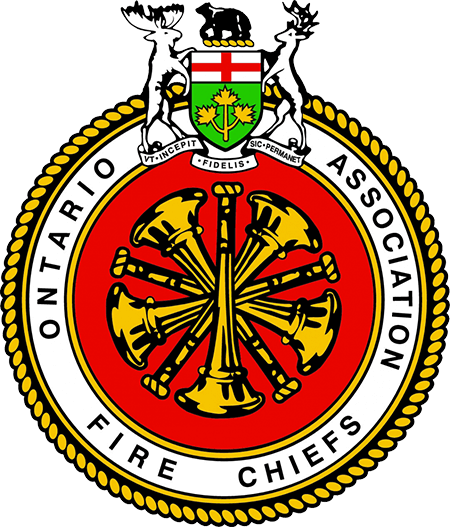FireCon has wrapped up in Thunder Bay.
The event welcomed firefighters from across the region to participate in training courses and a trade show.
“So we have 170 students here this year,” said Thunder Bay Fire Chief and Emergency North Training President Dave Paxton. “Those students range everywhere from the Kenora District, Greenstone, Marathon, Fort Francis, Atikokan, all within the range. It’s not just restricted to northwestern Ontario.
“We do and have in the past had students from Southern Ontario, and some of our American friends used to come up, haven’t seen many of those team members in a while, so it’s a well-spread-out group.”
All of the departments contribute to running FireCon, from sending students and equipment to instructors.
The fire services also have a role in developing the programming for the yearly training event.
Courses that were offered included passenger vehicle extrication, apparatus equipped with a fire pump, hazardous materials operations, fire instructor, fire investigator, live fire attack, and the Warren Brinkman Being a Leader in Mental Health Track.
There were also two pilot courses run by the Ontario Fire College: Incident Command and Exterior Attack.
This year’s FireCon is more important than ever.
In 2026, all firefighters, volunteer or full-time staff, will have to adhere to Ontario Regulation 343/22 made under the Fire Protection and Prevention Act, 1997.
The legislation, passed in 2022, outlines the certification requirement for performing firefighting duties in the province.
“Most recently, the courses that are covered here are significantly certification-based as opposed to just seminars,” explained Paxton.
“Over the last few years, certification is now at the forefront of fire, both volunteer and in the full-time world and July of 2026 is when that certification comes into place, so a lot of these courses are people trying to round out their portfolios and their requirements based on the roles that they play within their own department.”
Starting on July 1, 2026, firefighters need a certification to do the following:
- Firefighter Exterior Attack: Fire suppression operations from the exterior of the building only
- Firefighter Exterior Attack and auto extrication: Fire suppression operations from the exterior of the building only and auto extrication rescue
- Firefighter Exterior Attack and hazardous materials response: Fire suppression operations from the exterior of the building only and Operations-level hazardous materials response
- Firefighter Exterior Attack, auto extrication and hazardous materials response: Fire suppression operations from the exterior of the building only, automobile extrication rescue and Operations-level hazardous materials response
- Firefighter Interior Attack: Fire suppression operations that enter the interior of the building and can perform rescue
- Firefighter Interior Attack and hazardous materials response: Fire suppression operations that enter the interior of the building and Operations-level hazardous materials response
- Firefighter Interior Attack and auto extrication: Fire suppression operations that enter the interior of the building and can perform rescue and automobile extrication rescue
- Firefighter Interior Attack, auto extrication and hazardous materials response: Fire suppression operations that enter the interior of the building and can perform rescue, automobile extrication rescue and Operations-level hazardous materials response (full service firefighter)
There are also Team Lead Certifications required for each of the aforementioned certifications.
The following certificates will also be needed by July 1, 2026:
- Pump Operations: Operation of a pumper apparatus without driving the apparatus, or where the apparatus does not require a class D licence
- Pump Operations: driver: Driving and operating a pumper apparatus that requires a class D licence
- Fire Prevention/Inspection Level I: conducting fire and life safety inspections
- Fire Prevention/Inspection Level II: conducting fire and life safety inspections, including in facilities that store, handle or use flammable/combustible liquids
- Fire Investigator: conducting fire cause and origin investigations
- Fire and Life Safety Educator: providing fire and life safety education
- Training Officer Level I: providing training and education to other fire personnel
- Training Officer Level II: providing training and education to other fire personnel, including lead instructor roles at live fire and above or below grade technical rescue practical training
- Emergency Communicators Level I: taking emergency calls
- Emergency Communicators Level II: taking emergency calls and dispatching emergency vehicles
- Incident Safety Officers: undertaking the primary role of incident safety officer at emergency calls
- Hazardous Materials Response — Operations Mission Specific Level: responding to emergencies involving hazardous materials at the Operations Mission Specific Level
- Hazardous Materials Response — Technician Level: responding to emergencies involving hazardous materials at the Technician Level
The Ontario Fire Marshall’s office supports the regional training model and sent over 30 instructors to support the efforts at FireCon.
A list of additional certificates is also becoming required in 2028.
